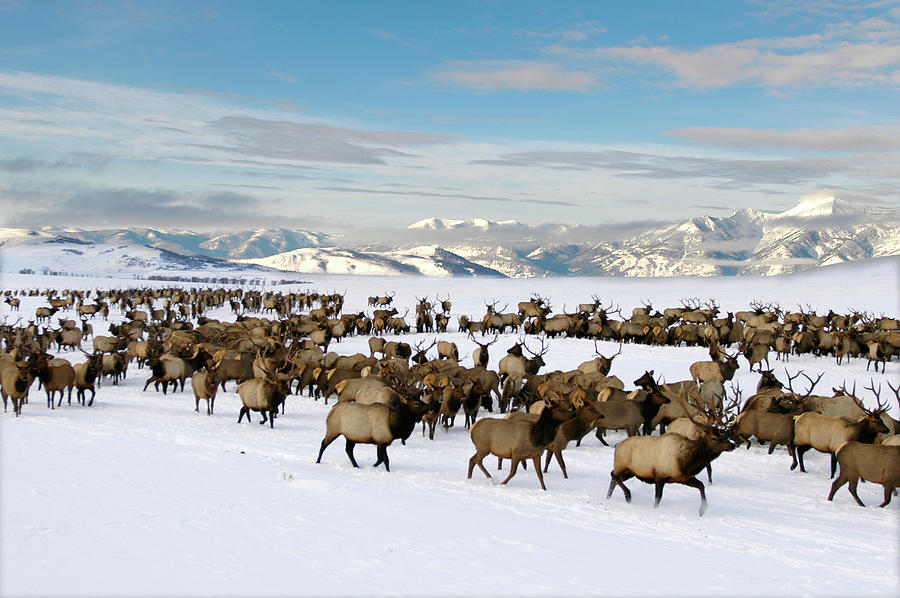
The furthest consistent migration of elk to the refuge is currently from the southern portion of Yellowstone National Park, making it the second-longest ungulate migration in the lower 48 states. The refuge also provides horse drawn sleigh rides to the public during the winter months so that visitors have the opportunity to see portions of the herd up close. The elk herd was severely reduced in size due to the hostile climate and lack of food supply, in addition to hunting pressures by both homesteaders and surrounding Native American tribes ( Bannock).Ī group of bison trudge across the landscape at the National Elk Refuge. By the end of the 19th century, the town of Jackson had developed on important winter range, blocking off some of the migration routes used by the elk. The original size of the elk herd has been estimated to have been in excess of 25,000. During the spring, the herd would follow the retreating snows and growing grasses back into the Yellowstone National Park region. Historically, they migrated to the present location of the refuge and further south into southwestern Wyoming during the fall, wintering on grassy plains that were both sheltered from weather and that maintained less snowfall or snow depth than surrounding lands. The refuge's elk migrate from as far away as southern Yellowstone National Park.

Fish and Wildlife Service, an agency of the U.S.


It is home to an average of 7,500 elk each winter. With a total of 24,700 acres (10,000 ha), the refuge borders the town of Jackson, Wyoming on the southwest, Bridger-Teton National Forest on the east and Grand Teton National Park on the north. It was created in 1912 to protect habitat and provide sanctuary for one of the largest elk (also known as wapiti) herds. The National Elk Refuge is a Wildlife Refuge located in Jackson Hole in the U.S.


 0 kommentar(er)
0 kommentar(er)
